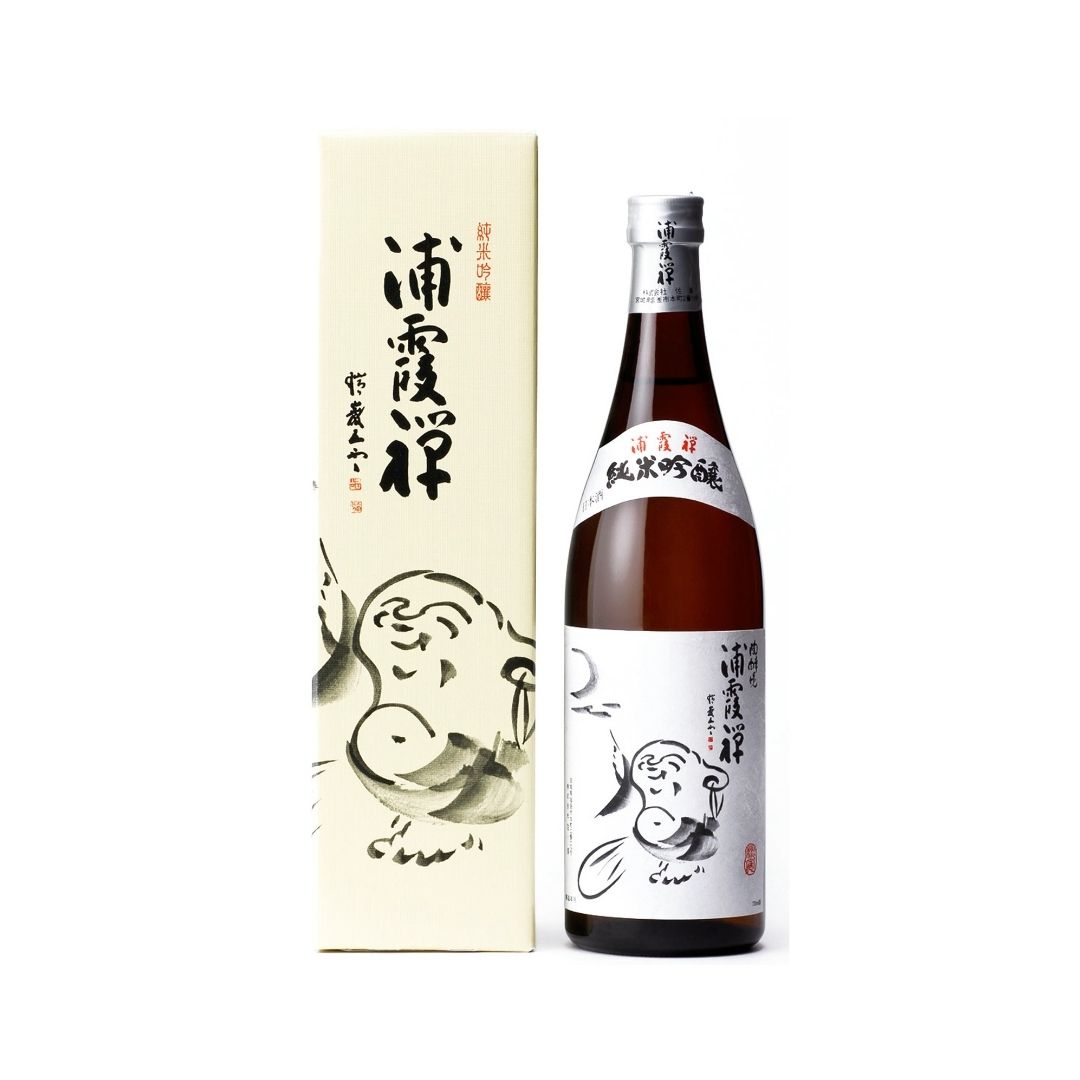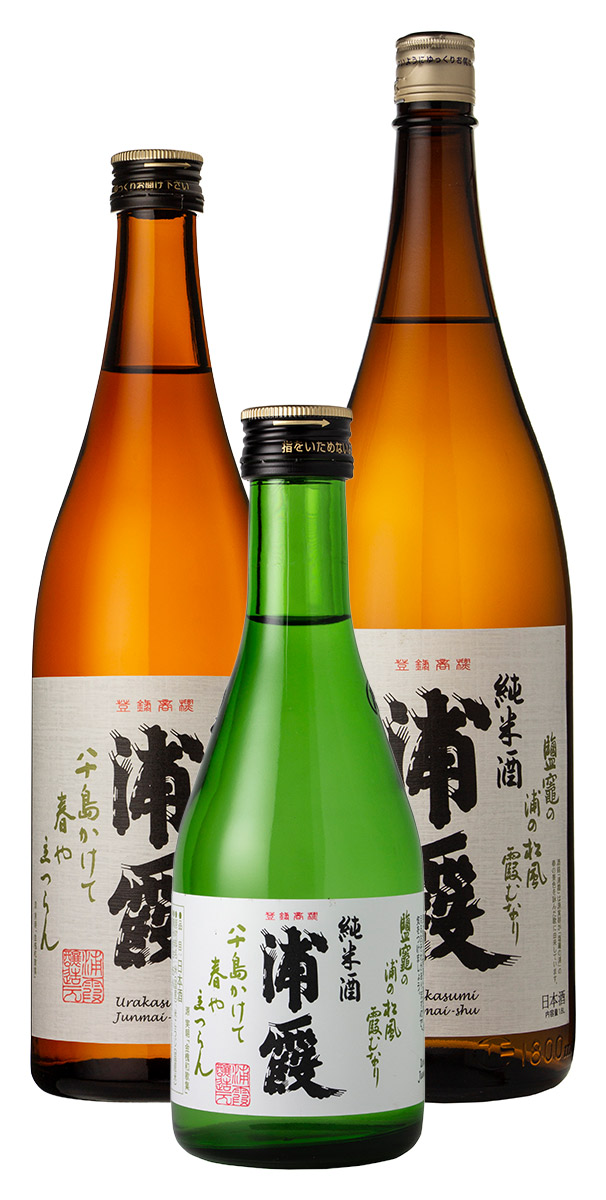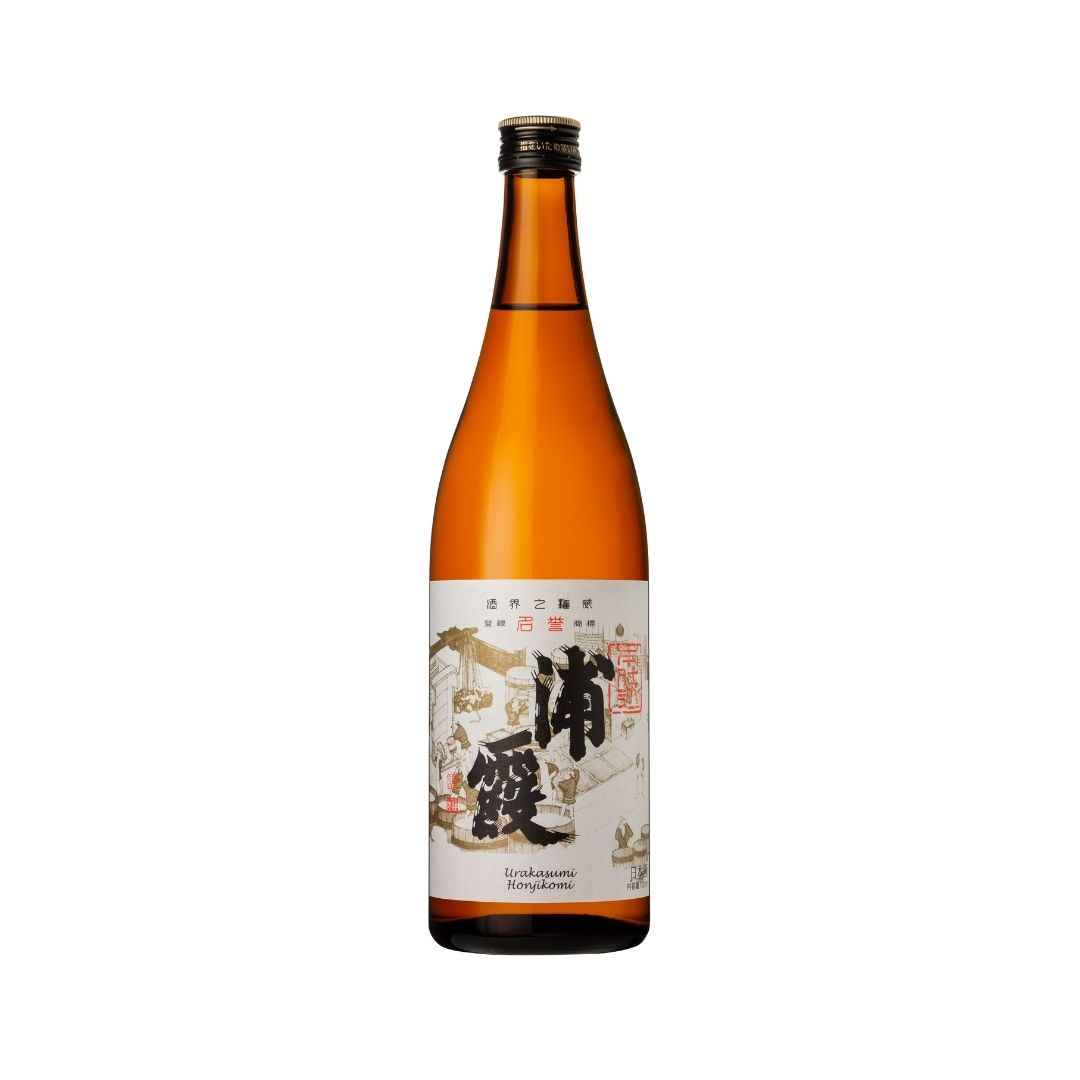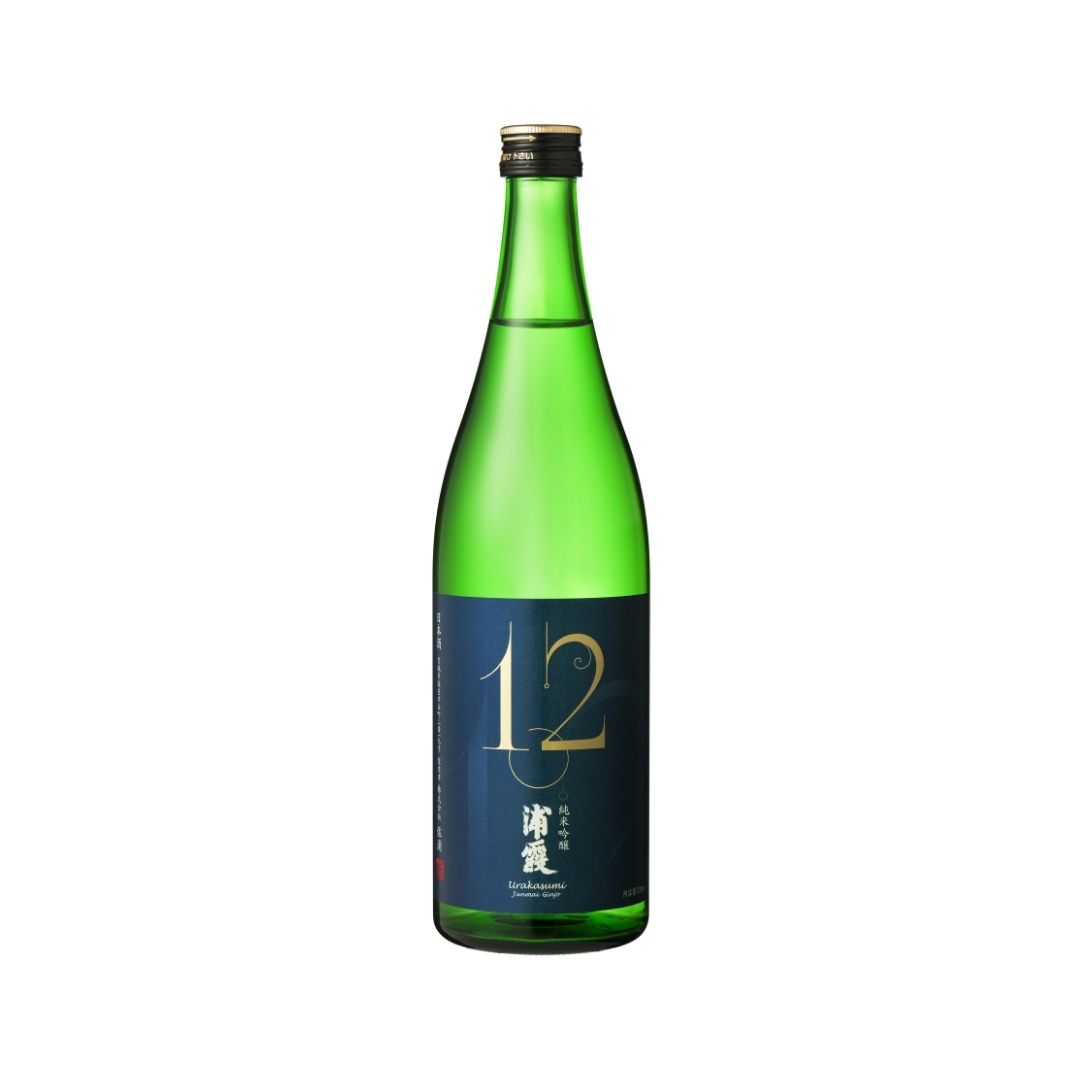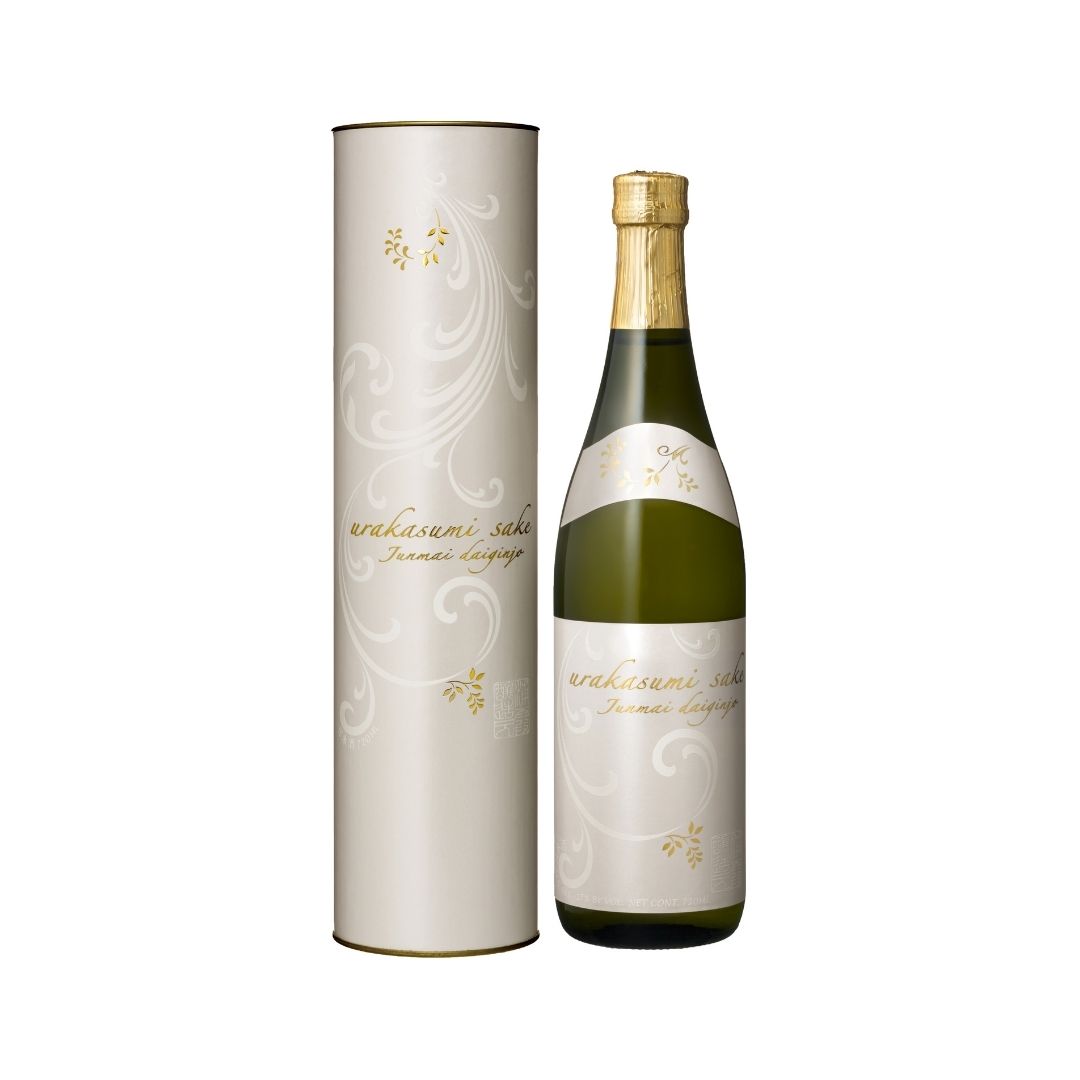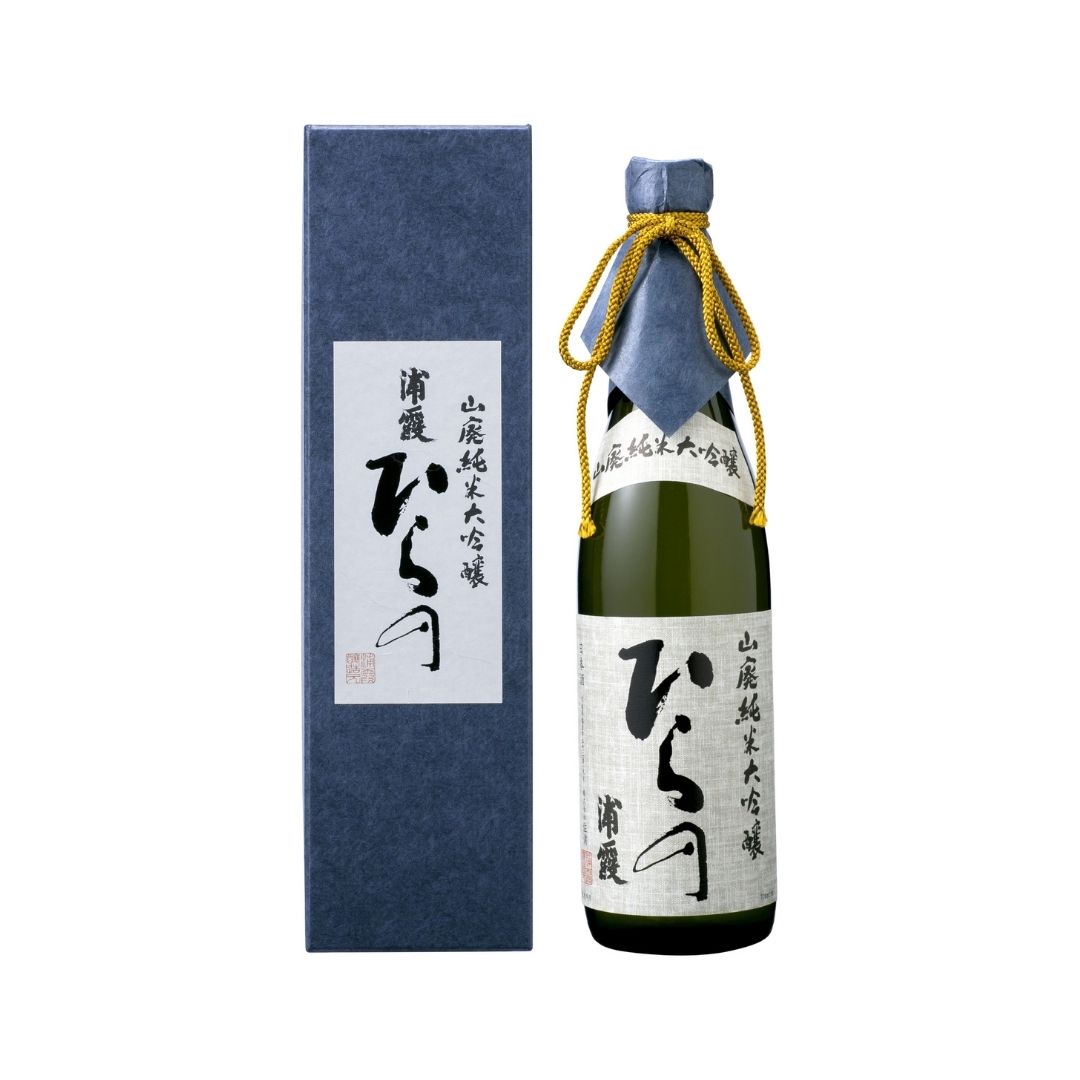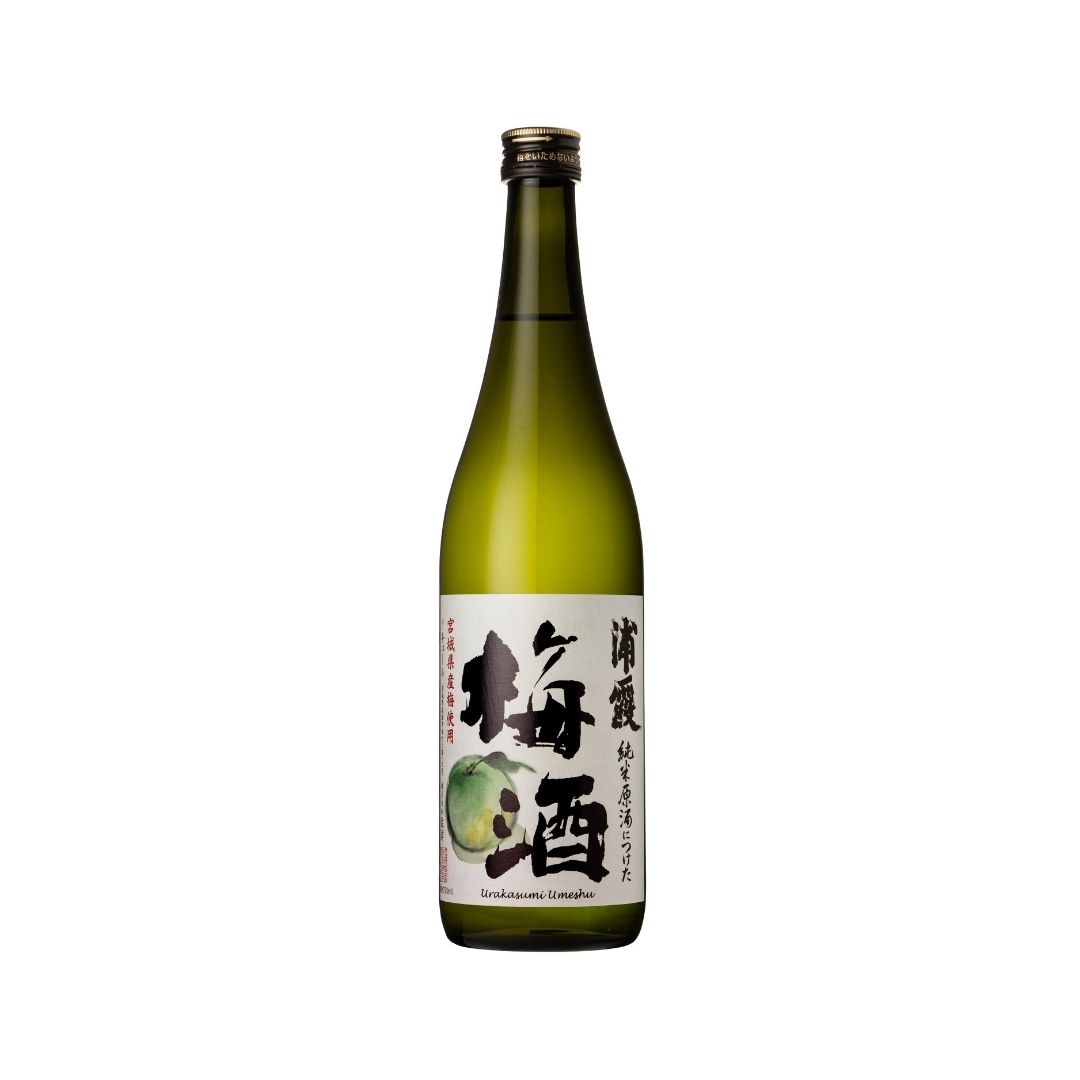The Urakasumi Brewery – A Renowned Name in Northeastern
Japan Founded in 1724 in the port city of Shiogama, Urakasumi is one of the most prestigious sake breweries in northeastern Japan. It remains under the stewardship of the founding Saura family to this day. The Miyagi Prefecture, home to Urakasumi, was recognized early on for its rice cultivation. With its fresh, delicate flavor profile, Urakasumi sake pairs perfectly with the local seafood dishes—such as tuna, sardines, and mackerel from the Sanriku coast, as well as the famous oysters from Matsushima—all of which are landed at the port of Shiogama and served in the city's numerous sushi and seafood restaurants. Koichi Saura, the current kuramoto (owner) of Urakasumi, represents the 13th generation of the founding family. Today, the Urakasumi brand is considered a modern classic and is renowned across Japan and internationally for its exceptional quality.
Sake Like Meltwater from Snow
Urakasumi sake exemplifies the flavor profile of the Nanbu Toji brewing school: clear and beautiful like snowmelt. It is appreciated for its gentle spring-like aroma and silky-smooth taste. "We want to create sake that people reach for again and again," says Saura. URAKASUMI "Misty Bay" embodies this philosophy and stands as a prime example of the Nanbu Toji style. Its long-selling product, URAKASUMI “Zen” Junmai Ginjo, was released in 1973. At a time when the sake industry was dominated by “quantity over quality,” this release was groundbreaking. Back then, this high-quality sake was criticized by many sake drinkers as being “too perfumed,” and its launch was met with resistance. Polishing the best local rice down to 50%, washing it by hand in small baskets, fermenting the mash at an extremely low temperature of 7–9°C—these were just some of the difficult and innovative processes involved, which are now standard practices for producing Ginjo-quality sake. Today, URAKASUMI “Zen” is a modern classic and beloved worldwide. Its success story proves that tradition is the sum of continuous innovation.
Two Toji Legends and Yeast No. 12
The brewery's postwar success is largely credited to two generations of toji (master brewers) from the Hirano family. In 1952, under the leadership of Sagoro Hirano, Urakasumi won first prize at the Annual Japan Sake Awards. His successor, Juichi Hirano, served as toji for over sixty years and cultivated the current production style and reputation of Urakasumi. In the mid-1970s, Urakasumi’s proprietary yeast strain was isolated by the Brewing Society of Japan and distributed across Japan as Kyokai Yeast No. 12—a moment of great pride for the newly appointed master brewer. Yet Juichi Hirano remained humble: “Each year, the rice and conditions are different. Even if the same conditions were recreated, the same sake could not be made again. That’s why sake brewing should never be seen as routine—it must be approached anew each time, like a beginner.” Even after his passing in 2016, his philosophy continues to inspire and guide the brewery.
Exporting Sake Culture
Koichi Saura, the 13th-generation kuramoto, took over the family brewery in 2001. Guided by the principle of noblesse oblige, Urakasumi has long supported its local community—in good times and bad. This was particularly evident after the devastating earthquake and tsunami on March 11, 2011, which claimed many lives and destroyed numerous towns along the northeastern coast of Japan. In response, Urakasumi immediately provided drinking water to neighbors and distributed hot sake during the cold days, despite sustaining damage itself.
“Bringing Japan’s 2,000-year-old sake culture to the world” is the mission of the 13th-generation kuramoto. Early on, Koichi Saura began volunteering to promote sake culture abroad and to develop an international framework for its appreciation. However, he soon realized that European culinary culture is quite different from Japan’s, and that sake would not be readily or easily accepted in the West. Nonetheless, his efforts have borne fruit: thanks to his initiative, a dedicated sake division was established at the International Wine Challenge—one of the world’s most important wine competitions. Regular sake seminars, including those at the Japan Cultural Institute in Paris and through the Wine & Spirit Education Trust (WSET) in London, are helping to expand the community of sake connoisseurs and enthusiasts in Europe.







